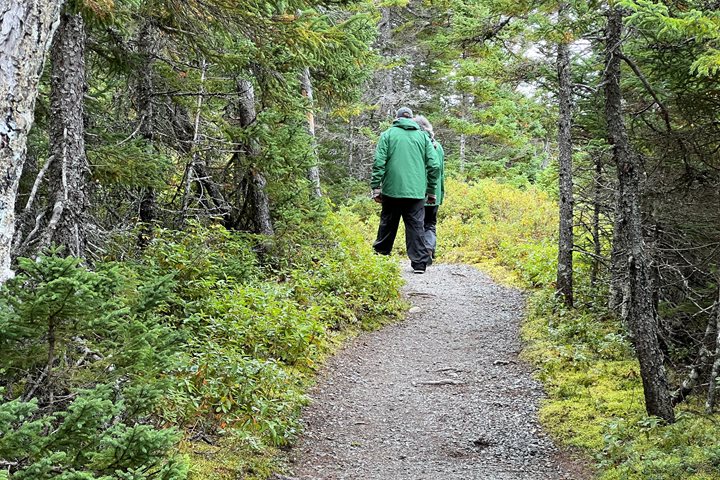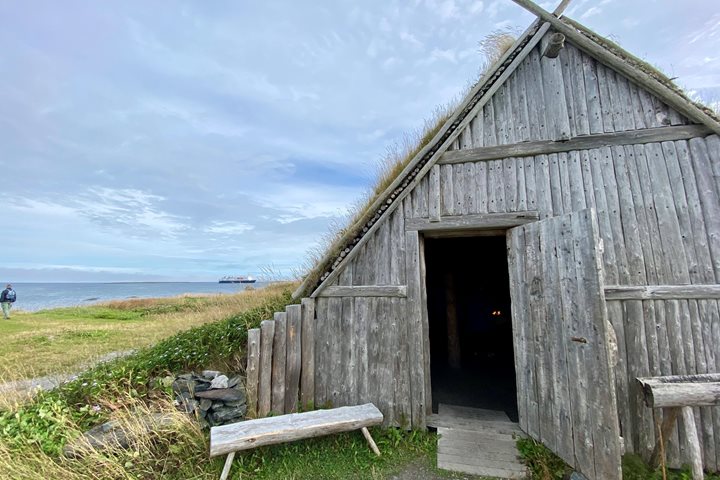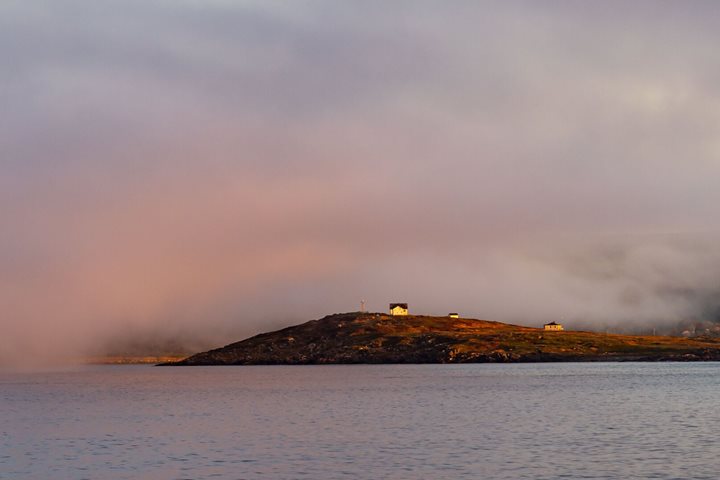Cape Breton Island lies north-east of Nova Scotia proper but forms part of the administrative unit of that name—and the name is a telling one. Following the Battle of Culloden in 1746, the routed Scottish Highlanders were cleared from their homesteads and forcibly ejected from their homeland by a Protestant dynasty determined never again to be troubled by disloyal Catholic Gaels on the British mainland. During the century that followed Culloden, the Highland Clearances saw a mass exodus of Gaelic-speaking Highlanders across the Atlantic Ocean to the Maritime Provinces of today’s Canada so that to this day the Scottish dialect of Gaelic is still spoken on Cape Breton Island.
As so often in history, the expulsion of a people from their homeland brings net gain to the country of exile. The arrival in Canada from Scotland of Alexander Graham Bell is just such an example. The inventor of the telephone, to name but the most celebrated result of his lifelong ingenuity, made his family home at the small settlement of Baddeck on the shores of Bras d’Or Lake in the heart of Cape Breton Island. The home had a Gaelic name – Beinn Bhreagh which might be translated as “Beloved Mount.”
Approaching this romantic spot through Scotch mist, we came ashore in time for the opening of the Alexander Graham Bell museum, which had as its centerpiece a replica of the Silver Dart, Bell’s plane in which the first manned flight in the British Dominions took place on 23 February 1909. There was also a chance to sail a schooner on the lake beneath Beinn Bhreagh before lunch was taken at the Inverary Inn.
Following lunch we transferred to Louisbourg, where the largest French fort in the New World has been lovingly re-constructed. For the first half of the eighteenth century it was the symbol of French power in the New World, guarding French possessions in the Gulf of St Lawrence from British predations. Built in 1713 and planned to be impregnable from attack from the sea it was captured by the British from the landward side in 1745. The site covers a wide area and we had the chance to explore it on our own, visit its numerous exhibits and, after the fort was closed to the general public, to take private guided tours.
Back on board after a day rich in memories we recalled Alexander Graham Bell as the founder of the National Geographic Society with a champagne and oyster reception followed by a menu featuring fresh local lobster and mussels.







